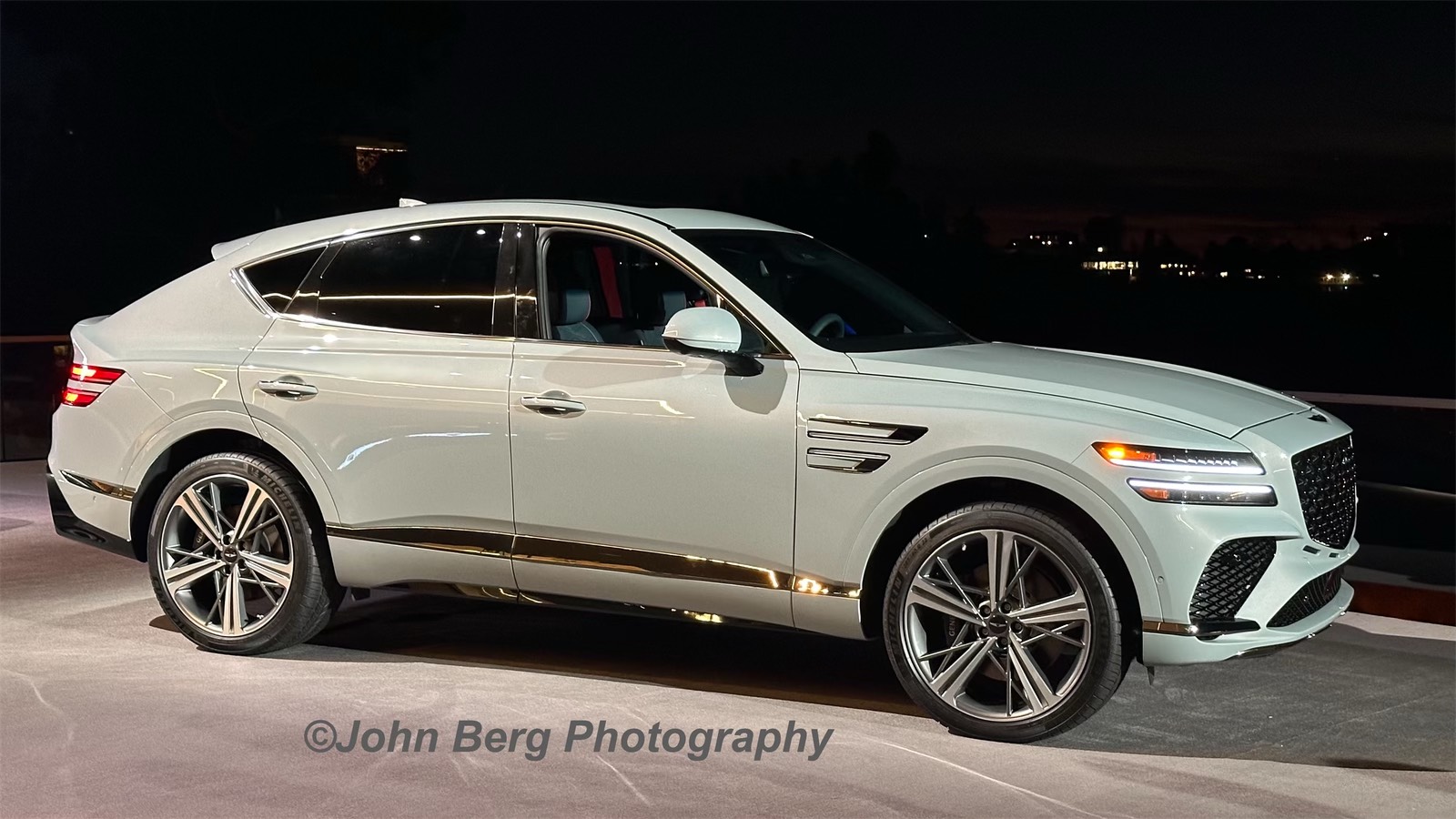I recently attended a lavish new car debut two days before the Los Angeles Auto Show. Genesis unveiled its new GV80 sport utility vehicle and GV80 coupe. The event was held in a modern $75 million mansion in the hills of Bel Air in Southern California.
While a Jazz quartet set the mood, the Genesis cars were revealed perched on the mansion’s rooftop deck. A golden sunset contributed to perfect lighting. It was a winning combination of beautiful photos and a great video.

I will forever equate those vehicles with Bel Air and that stunning mansion. The event was extravagant and expensive for the automaker, but it gave the unveiling a sense of occasion in a way an auto show cannot.
Shifting Focus
Carmakers spend several hundred million dollars a year on auto show appearances. The enormous budgets are under newfound scrutiny as carmakers are tightening their collective belts. Manufacturers are also spending billions on electric vehicle research and development, but haven’t yet realized a profit selling EVs.
Coinciding with these costs is the recognition that consumers are increasingly getting product information from social media. The result is a shift in how new cars are introduced.

Catering to social media influencers holds promise to get new products in front of consumers’ eyes while also reducing costs. Carmakers have increasingly begun holding private unveilings where they can reveal new products in complementary surroundings.
The Value Of Car Shows
I have fond memories of attending the San Francisco Auto Show with my dad. The SF auto show is a Thanksgiving tradition for those living in the Bay Area. Families have an early Thanksgiving dinner, then take BART (a transit system) into the city and attend the auto show. I have attended every year with a friend or two, and often run into other friends when there.
Auto shows are social occasions; new cars are the attraction, but the opportunity to gather with friends and family while sharing a common automotive experience is the auto show’s allure.
Inevitably one or more of us will be in the market for a car. Auto shows allow us to contrast and compare automotive makes and models with people we trust.
I have traveled the country to attend various auto shows, even before becoming an automotive journalist. Auto shows are one of the primary ways I access products. More importantly, it’s the only environment where I can compare rival products, side by side.
Seeing a car in real life is a completely different experience than seeing pictures of a car on your mobile phone. I equate seeing cars at an auto show with meeting a celebrity, it’s nothing like seeing them on TV.
Auto Shows In Flux
Last week’s 2023 Los Angeles Auto Show was a smaller and more intimate affair than past years, but I’m relieved the LA Auto Show has continued. Unfortunately, the San Francisco show hasn’t yet returned, post-pandemic.
There are parallels between this year’s LA Auto Show and the cars featured there. Automakers continue to move away from Internal Combustion Engine powered cars. There were fewer gasoline-powered cars while simultaneously fewer manufacturer attendees.
The 2023 LA Auto Show landed at a time when EV sales have faltered and automakers are beginning to revise their messaging. They are making it known they haven’t given up on the internal combustion engine.
The Future Of The Auto Show
The world is saturated with digital information. Now more than ever, public exhibitions are important. Auto shows are social events and cannot be replaced by TikTok and YouTube videos. An auto show is a tangible experience that leaves us with fond memories. When we’re in the market for a new car, auto show memories go with us and influence our decisions.
As automakers re-evaluate their future product strategy, I hope they also re-consider the value of auto shows. They’re still relevant.
Article Last Updated: November 27, 2023.
- About the Author
- Latest Posts
